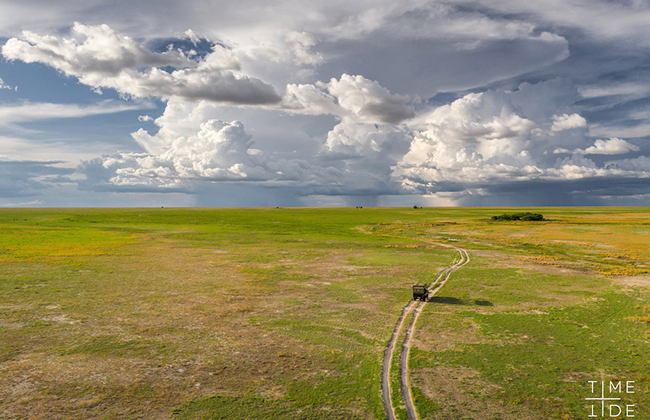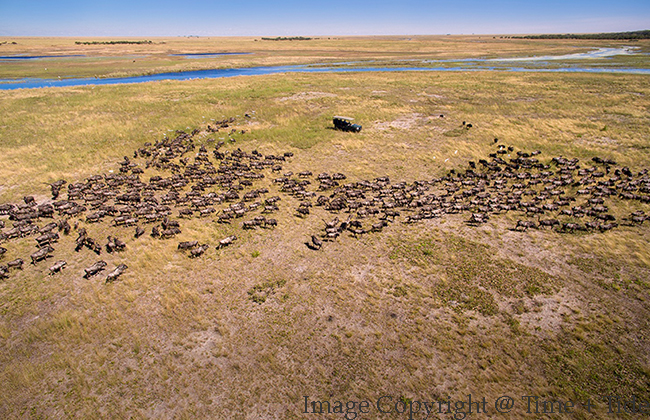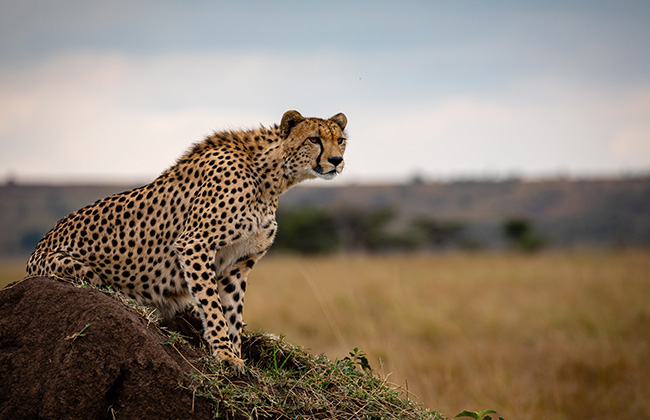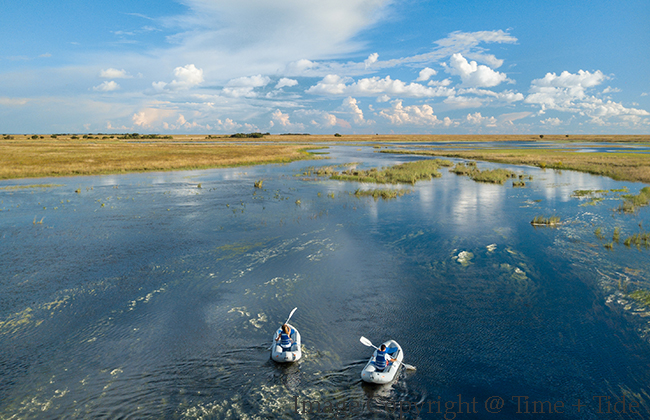Liuwa Plains National Park
highlights
Remote & Wild


Wildebeest Migration
Wildlife & Birdlife


Water based Safaris
Best time to visit
January – April the area is flooded and the wildebeest are in their migration / calving season.
Short dry season (May – July)Park is dry and accessible. As the water recedes, a variety of birds feast on fish in shallow dams and streams dry up. Large flocks of cranes are abundant inside the park, making this the best time for bird photography. Any lechwe that are still inside the park start to go down to the wetlands. Large herds of wildebeests congregate outside the park in the Luola to Mushukula areas.
Long wet season (January – April)
During this time, the plain is flooded, forcing most people to move to higher land and the famous Kuomboka ceremony takes place.
Wildebeest and zebra start leaving the park along the Luanginga river to the west and lechwe enter the park from the Luanginga river wetlands.
Long dry season (August – October)
First rains typically start mid or late October, depending on the conditions of that particular year. Birdlife is still abundant, congregating at the large fishing pools dotted around the plains of Liuwa. A large number of wildebeest return to the park through the northern corridor, while a concentration of the wildlife population is restricted to the north.
Short wet season (November – December)
Start of the rainy season. The spectacular wildebeest movement occurs. Wildebeest start having calves and accompany large herds inside the park. The best predator action occurs during this time as hyenas prey on young wildebeest calves and vultures rush to the leftover carcasses.
